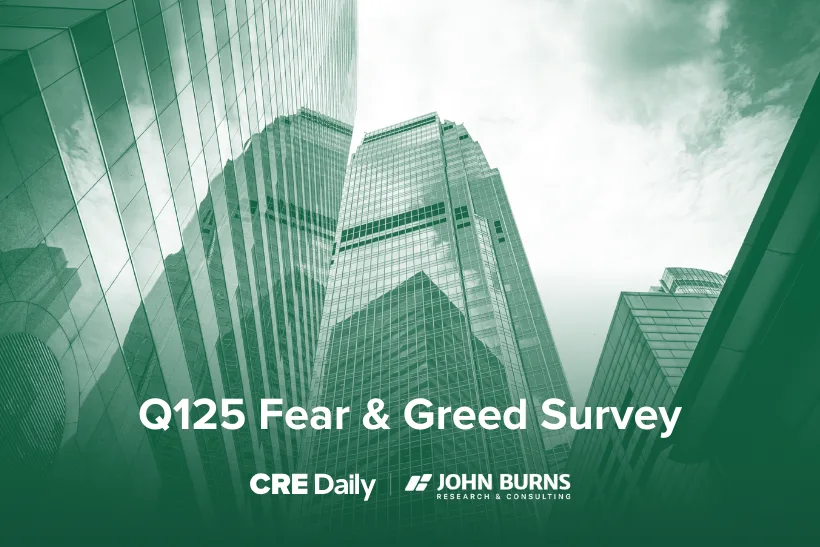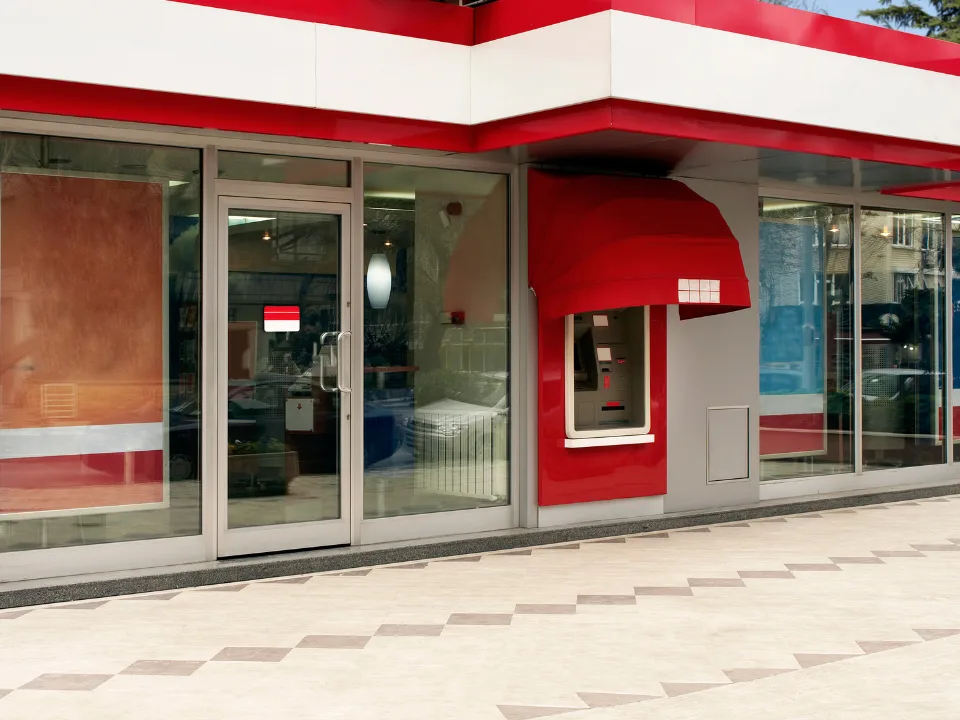- Office property valuations continue to fall due to high interest rates and low buyer interest.
- Housing supply has improved, offering some hope for improving inventory and stabler prices.
- Retail property demand remains strong, leading to fierce competition for space.
- Data centers are set to rise, thanks to the hyper-competitive field of generative AI.
- Hospitality growth remains subdued, with higher rates but flat demand.
According to CoStar, CRE experts have some valuable insights into what the second half of 2024 and 2025 might hold for different property sectors.
Lower Office Valuations
The national office market faced significant challenges since the start of the year, with property valuations falling sharply.
Trophy office towers in cities like LA, Chicago, NYC, and Philadelphia have sold for a fraction of previous sales prices due to a shrinking pool of buyers and very eager sellers.
National office sales fell over 55% in the past year to $35B, a near-15-year low. Older, lower-tier offices have seen their valuations nosedive by up to 40% since 2021, mirroring losses from the Great Recession.
However, even smaller investors are starting to take advantage of significant discounts, indicating a potential bottom for the sector.
Improving Housing Supply
The chronic shortage of housing inventory has been a significant issue, particularly for single-family homes, condos, and co-ops. The biggest culprit is the “lock-in effect,” where homeowners stay put to keep their low pandemic mortgage rates.
However, new housing supply data offers some optimism. In May, the supply of existing homes reached its highest level in four years, with some parts of Texas and Florida returning to pre-pandemic levels. Increased inventory could boost home sales and stabilize prices.
Fierce Retail Competition
Retail properties have become highly sought after, with tenant demand driving intense competition for space. Vacancy rates are at historic lows, and a stagnant construction pipeline means tenants must be flexible.
The average retail vacancy rate is around 4%, one of the lowest rates on record. Demand for retail space also increased by nearly 42 MSF in the past year, while tenant move-outs dropped by nearly 20% over the past three years. This trend is expected to continue as retailers expand their portfolios.
More Data, More Space
The demand for data center space will almost certainly go up throughout 2H24, driven by the escalating generative AI arms race. New AI-enabled data centers are also being designed with higher ceilings and wider corridors to accommodate advanced cooling equipment.
While Northern Virginia is still the undisputed king of data centers, developers are now targeting markets with cheaper land and power, such as Salt Lake City.
The total space under construction exceeds 5.3 gigawatts, most of which are pre-leased. Additionally, another 12.3 gigawatts of data center power capacity are in the planning stages.
Higher Nightly Rates
The hospitality sector remained resilient in 1H24, but demand at economy and midscale hotels is down as consumers become more cost-conscious.
International travel patterns have also shifted, with more U.S. travelers heading abroad again, particularly to Europe. This led to the first drop in hotel operating metrics since the pandemic.
Despite these challenges, affluent travelers are boosting revenue per available room (RevPAR) through rate hikes. But overall demand remains flat to slightly down. Analysts warn that the U.S. may lose international travel share if it doesn’t simplify the travel process and reduce visa wait times.

















